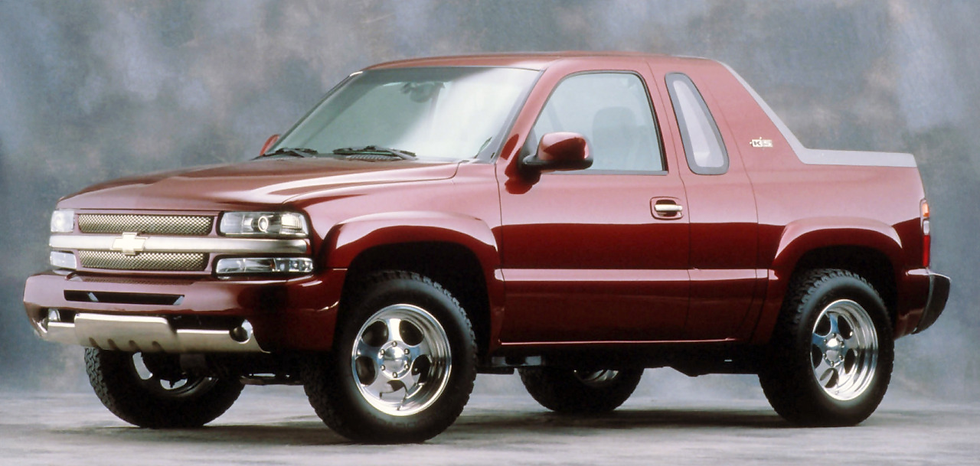2003 Honda HSC Concept
- Story Cars
.png/v1/fill/w_320,h_320/file.jpg)
- Oct 31, 2024
- 1 min read

The Honda HSC (Honda Sports Concept), designed by Honda’s Wako R&D Center (HGW), debuted at the 37th Tokyo Motor Show in 2003. Its design aimed to blend high performance with ease of use, enabling drivers of varying skill levels to experience the thrill of a true sports car. The HSC’s styling targeted a fusion of sensuality and technology, evident in its aggressive exterior lines and advanced, race-inspired details. Inside, the HSC featured an exposed carbon-tube structure, underscoring its lightweight construction and sports-oriented nature. This design drew from Honda's storied racing DNA, rooted in its first sports car, the S500, and projected it forward.

Under the hood, the HSC was powered by a mid-mounted V6 engine producing over 300 horsepower, paired with an automated transmission that could be shifted either by Formula 1-style paddle shifters or a unique mechanical "double" lever. With its long wheelbase and short overhangs, the HSC was designed for optimal stability and agility, embodying Honda’s pursuit of peak performance. While officials declined to confirm if the HSC would replace the NSX, the concept hinted at the brand’s direction for the next-generation Acura sports model.

Around the time of the HSC’s debut, Honda’s then-new president, Takeo Fukui, announced the founding of an advanced design studio in Tokyo’s Roppongi district. This studio aimed to foster unrestricted creativity and collaboration across cultural backgrounds, positioning Honda to push the boundaries of design and performance in future projects. The HSC was one of four concepts introduced at the Tokyo Motor Show, showcasing Honda’s commitment to innovation and its focus on bold, forward-thinking automotive design.





























Comments